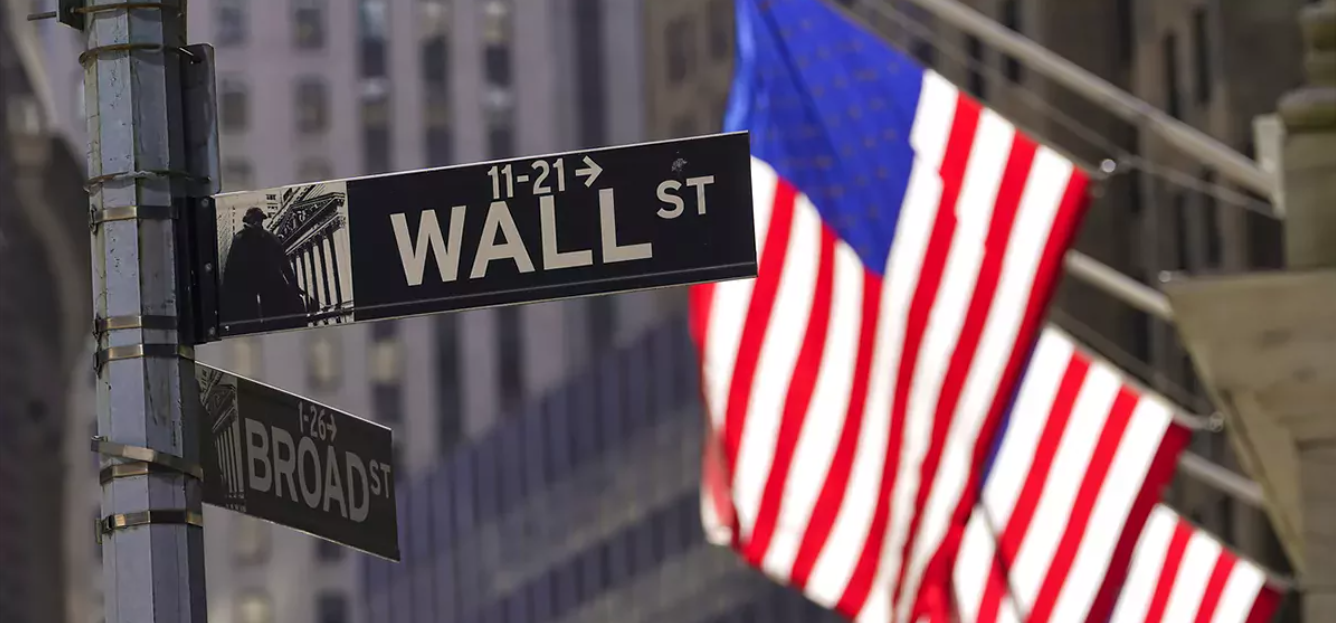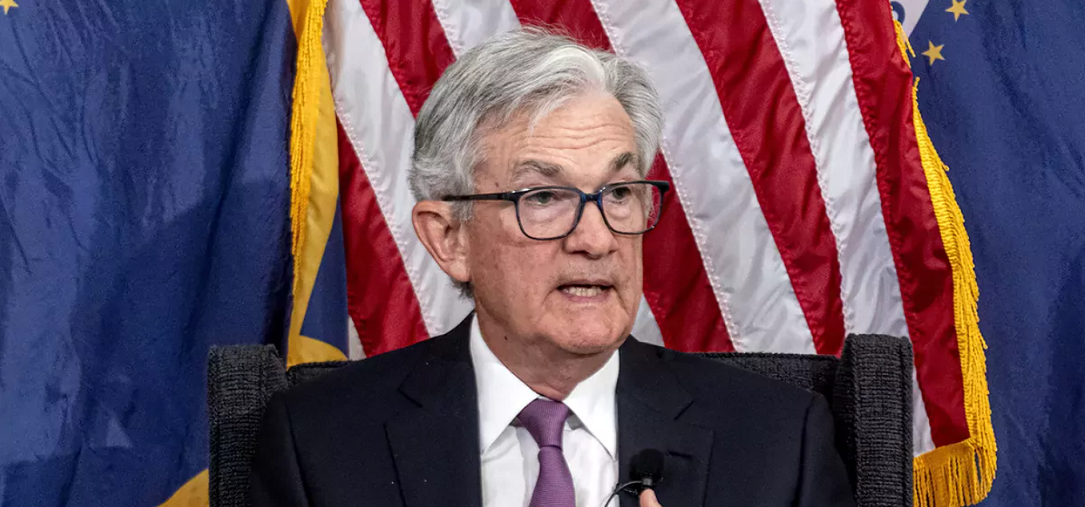
François Christen
Chief Economist
Still running fast, inflation is gradually being relegated to the second rank in the minds of investors.

The correlation between stocks and bonds varies according to circumstances. The two asset classes tend to move in tandem when inflation risks dominate, but drift apart when recession and deflation risks take precedence. In this logic, the sharp decline in the stock markets and the rally in US Treasury bonds observed over the past two weeks mark a break from the positive correlation pattern that had largely been in evidence since the beginning of the year.
After briefly approaching 3.2%, the yield on the US 10-year T-Note fell back to around 2.8%, while the S&P 500 declined for the seventh week in a row. The extreme nervousness on Wall Street reflects growing doubts about the Fed’s ability to curb inflation without causing a recession. It also reflects the realization that stocks are far from a perfect “hedge” against inflation. Many companies are not able to pass on rising costs to their final prices without negative consequences for their business and profits.
In contrast to the market turmoil, economic indicators in the US are rather reassuring. Retail sales growth remained strong in April (0.9% monthly, 8.2% year-on-year) despite the sharp rise in prices. Industrial production was also dynamic (1.1% monthly, 6.4% year-on-year). This good news should, however, reinforce the Federal Reserve’s desire to maintain a course towards restrictive conditions. The decline in the NAHB index, from 77 in April to 69 in May, shows, however, that the rise in mortgage interest rates and the increase in construction costs are beginning to have an adverse effect on the housing market. The hesitant evolution of the Conference Board’s leading indicator, down 0.3% in April, points to moderate growth, but not yet to a recession.
In Europe, short-term yields in euros continued to rise in anticipation of the first interest rate hike at the end of July. The “blog post” published on 23 May by Christine Lagarde clearly suggests that the era of negative interest rates will end in September. The economic news is quite positive in view of the geopolitical circumstances and the increase in energy prices. Sustained employment growth in the eurozone (0.5% in Q1, 2.6% year-on-year) and the improvement in business sentiment in Germany highlighted by the latest IFO survey (93 in May after 91.9 in April) seem to be a green light for the gradual normalization of monetary conditions in Europe.
In the United Kingdom, sterling yields have risen, bringing the 10-year Gilt to around 1.95%. The alarming pace of inflation (9% year-on-year), the drop in the unemployment rate to 3.7% (the lowest since 1974) and the acceleration of wage inflation should encourage the Bank of England to raise monetary interest rates further despite the risks to growth mentioned at the last MPC meeting.
In Switzerland, Thomas Jordan and Andrea Maechler have opportunistically stepped into the breach opened by the ECB by making several statements foreshadowing an increase in interest rates in Swissnfrancs. The SNB should wait for the ECB to make its first move, and start moving in September. In the corporate bond market,
spreads continued to widen, corroborating the fears expressed in the equity market.









